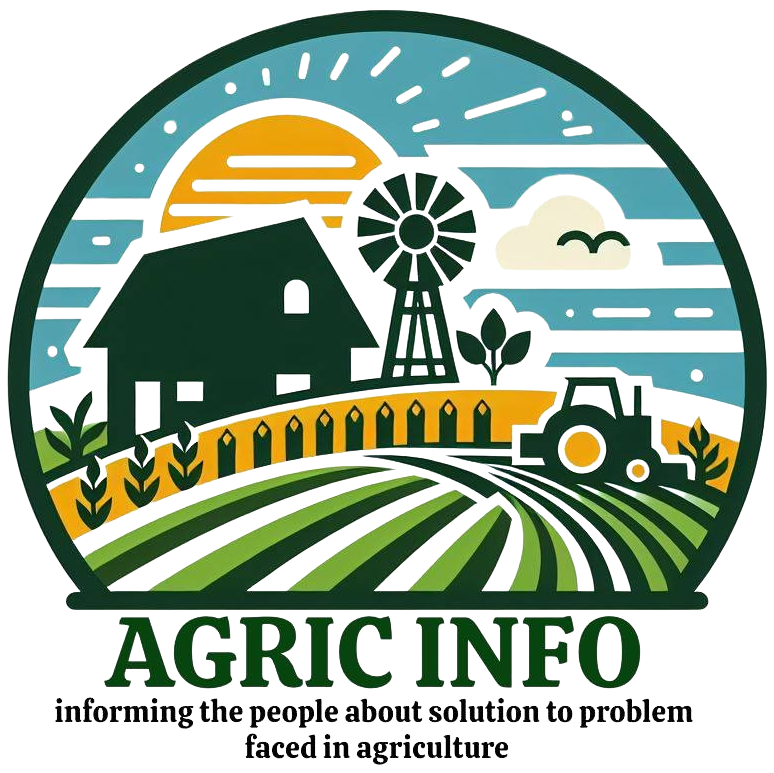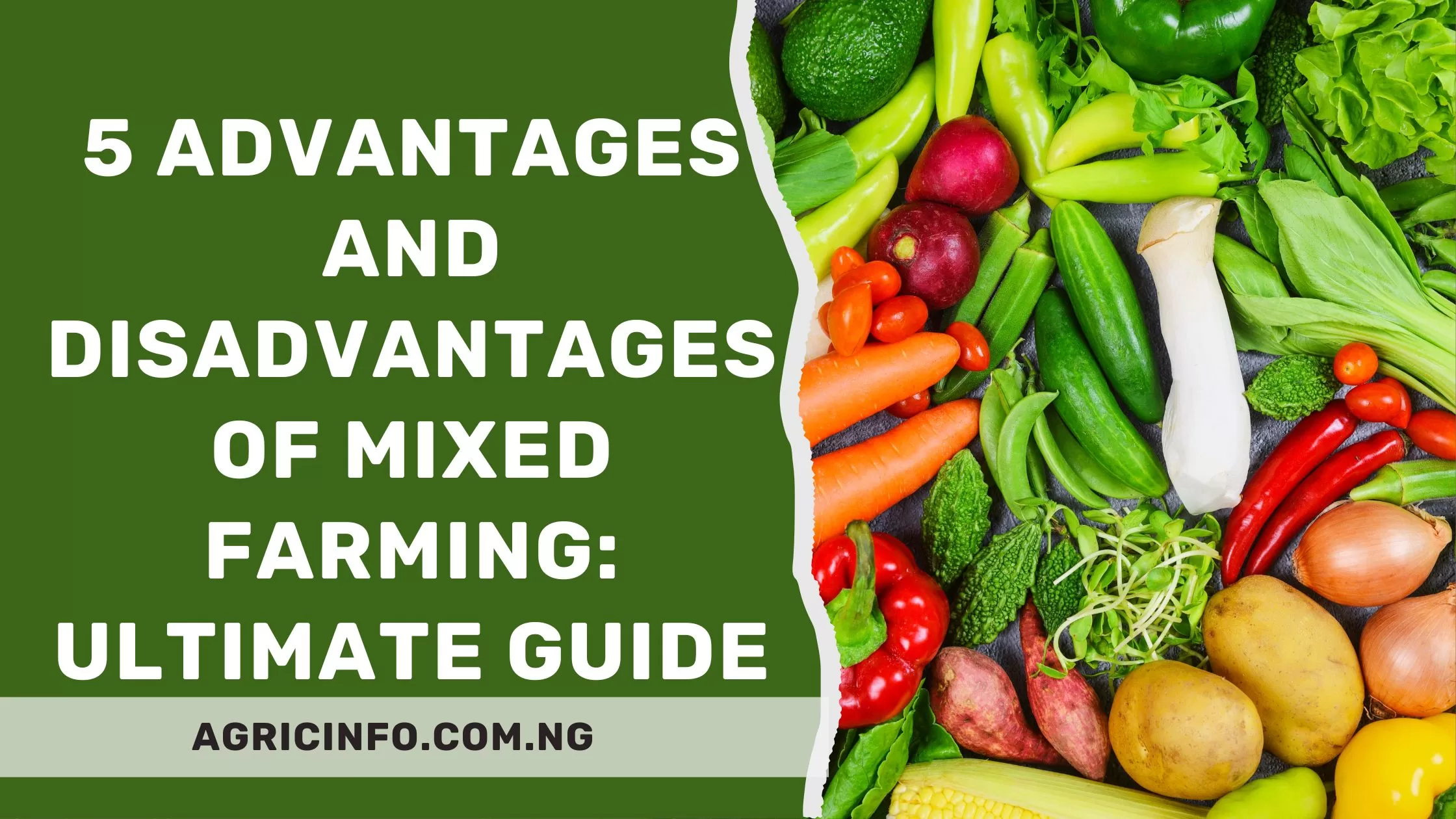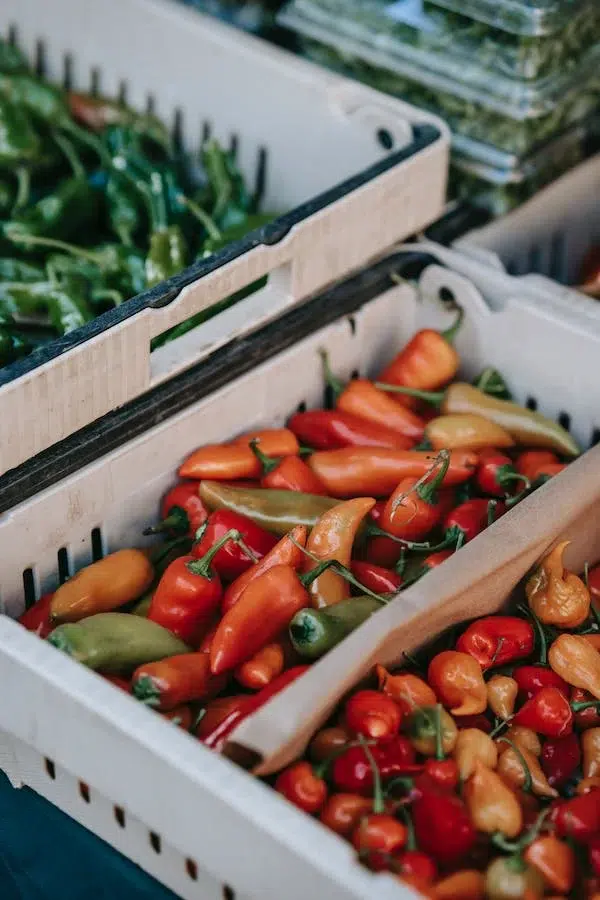5 Advantages and Disadvantages of Mixed Farming: Ultimate Guide
Before you decide if you should consider mixed farming or not, read this guide on the advantages and disadvantages of mixed farming.
Mixed farming involves cultivating crops and rearing livestock on the same piece of land.
This approach offers several advantages, such as diversification of income, efficient resource utilization, and higher productivity.
However, there are also disadvantages to consider, including the need for specialized skills, increased workload, and market risks.
In this article, we will discuss all you need to know about the advantages and disadvantages of mixed farming in detail.
What is Mixed Farming?
Mixed farming combines crop production and livestock rearing on the same farm.
This allows farmers to create a balanced and productive system of farming.
Livestock activities contribute a significant portion of the farm’s income, typically ranging from 10% to 49%.
Combining crops and livestock can help maximize resource use and create a mutually beneficial relationship between the two enterprises.
Check out How to Start Poultry Farm 2024: Step-by-Step Guide for Beginners
Advantages of Mixed Farming
1. Diversification:
Mixed farming provides farmers with the advantage of diversifying their income streams.
Cultivating crops and raising animals simultaneously can spread their risks and minimize losses in case of crop failures, diseases, or pests affecting either the crops or the animals.
2. Efficient Use of Resources:
One of the key advantages of mixed farming is the efficient use of resources.
For example, animals can graze on crop residues after harvest, reducing the need for additional expenditures on fertilizers and animal feed.
This helps minimize production costs and increase profitability
3. Higher Productivity:
Mixed farming also enhances productivity by allowing farmers to use their land effectively.
When animals are raised on a farm, their manure acts as a natural fertilizer for crops, leading to higher yields and increased income for farmers
4. Risk Management:
Mixed farming also assists in better risk management as farmers can diversify their income streams.
In case one product fails, farmers can rely on other products for income, minimizing the risk of total income loss and ensuring their sustainability
5. Sustainability:
Mixed farming reduces the need for external inputs like fertilizers and pesticides, leading to a reduction in the use of chemicals.
This helps protect the environment and ensures the long-term sustainability of the farm
Read How to Start Cucumber Farming in Nigeria 2024: Expert Guide
Disadvantages of Mixed Farming
1. Specialized Skills:
Successful mixed farming requires farmers to have specialized skills and knowledge in both animal husbandry and crop management.
This can be challenging for farmers who lack the necessary expertise to effectively carry out both activities
2. Increased Workload:
Mixed farming requires more farmer involvement as they need to take care of both crops and animals which can be a time-consuming process, leading to fatigue and burnout for some farmers
3. High Capital Investment:
Implementing mixed farming in its initial stages requires a significant capital investment.
This includes the purchase of livestock, seeds, equipment, and more.
However, Lack of sufficient capital can pose a challenge for farmers looking to start their mixed farming business
4. Disease and Pest Management:
Mixed farming presents challenges in disease and pest management, as diseases and pests can easily spread between animals and crops.
Hence, Farmers need to constantly monitor and manage their crops and livestock, which can be a costly and time-consuming process
5. Market Risks:
Marketing products from mixed farming can be risky, as farmers need to find markets for both their crops and animals.
This becomes challenging, especially if there is an oversupply in the market, leading to low prices
You may like How to Start Catfish Farming in Nigeria 2024: Expert Guide
Final Note on Advantages and Disadvantages of Mixed Farming
Despite the challenges, mixed farming has proven to be an effective practice, especially in areas with limited resources.
It has advantages such as diversification, efficient resource utilization, higher productivity, risk management, and sustainability.
However, it also requires specialized skills, an increased workload, and careful disease and pest management.
Farmers considering mixed farming should weigh these advantages and disadvantages to make informed decisions about their farming practices.
We hope this article has helped understand the Advantages and Disadvantages of Mixed Farming
If you have any further questions or need additional guidance, feel free to leave a comment below
Thank you for reading.








